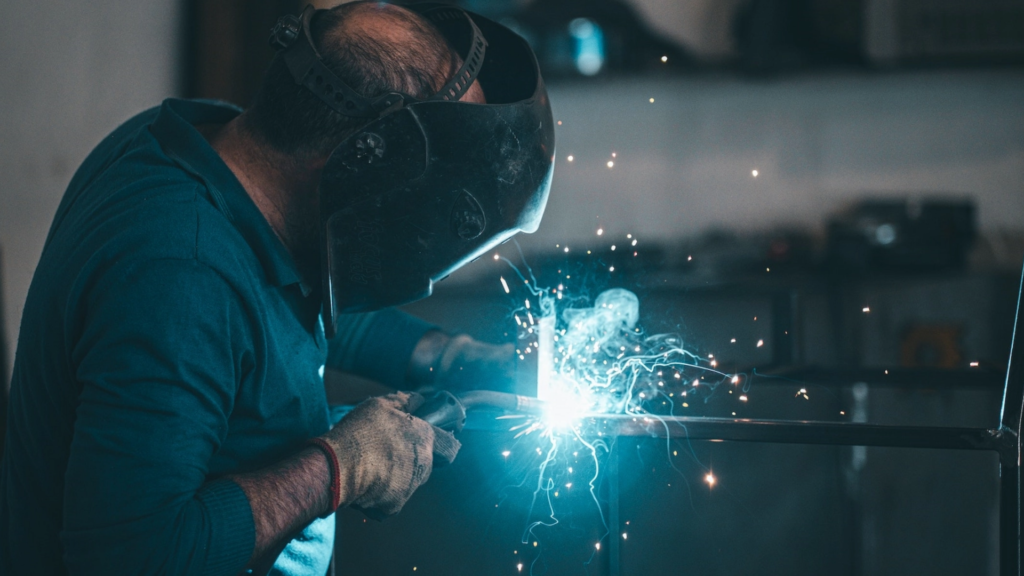When it comes to MIG welding, one common question that arises is whether to push or pull the welding gun during the welding process. The direction in which you move the gun can have a significant impact on the quality of the weld and the overall welding experience. In this article, we will explore various factors to help you determine whether to push or pull when MIG welding.
Table of Contents
ToggleUnderstand the Basics of MIG Welding
MIG welding, also known as Gas Metal Arc Welding (GMAW), involves the use of a welding gun that feeds a continuous wire electrode while an inert gas shields the weld pool from atmospheric contamination. The heat generated by the electric arc melts the wire electrode and the base metal, creating a strong weld joint.
Consider Welding Position and Joint Design
The decision to push or pull when MIG welding depends on the welding position and the joint design. In general, pushing the gun is more suitable for flat and horizontal welding positions, while pulling the gun is often preferred for vertical and overhead positions. Additionally, the joint design, such as groove angles and gap width, can influence the direction of travel.
Evaluate Electrode Extension
The electrode extension, or stick-out, refers to the distance between the contact tip of the welding gun and the workpiece. A shorter electrode extension generally favors pushing, while a longer extension may be more suitable for pulling. Experiment with different electrode extensions to find the optimal setting for your specific welding application.
Assess Welding Speed and Penetration
The welding speed and desired penetration level also play a role in determining whether to push or pull. Pushing the gun tends to provide better control over the weld puddle and can result in faster travel speeds. On the other hand, pulling the gun allows for deeper penetration and is often favored when welding thicker materials.
Consider Weld Pool Control and Spatter
Pushing the gun can help keep the weld pool in front of the arc, providing better control over the molten metal. This can be advantageous when welding thin materials or when precise control is required. Pulling the gun, however, can reduce the chance of spatter reaching the welding gun and nozzle, resulting in a cleaner weld.
Evaluate Operator Comfort and Visibility
Operator comfort and visibility are crucial for maintaining welding quality and reducing fatigue. Some welders find it more comfortable to push the gun, as it allows for a better view of the weld pool and joint. Others prefer pulling the gun to have a clearer line of sight ahead of the arc. Choose the direction that provides the best visibility and comfort for your welding technique.
Practice and Adapt
Ultimately, the decision to push or pull when MIG welding depends on various factors and personal preference. It is essential to practice both techniques and adapt to different welding situations. By gaining experience and understanding the nuances of each method, you can make informed decisions and produce high-quality welds.
Determining whether to push or pull when MIG welding requires careful consideration of factors such as welding position, joint design, electrode extension, welding speed, penetration, weld pool control, spatter, operator comfort, and visibility. It is important to experiment, practice, and adapt to different scenarios to find the best approach for your specific welding needs. By mastering both techniques, you can achieve optimal weld results and enhance your overall MIG welding skills.

